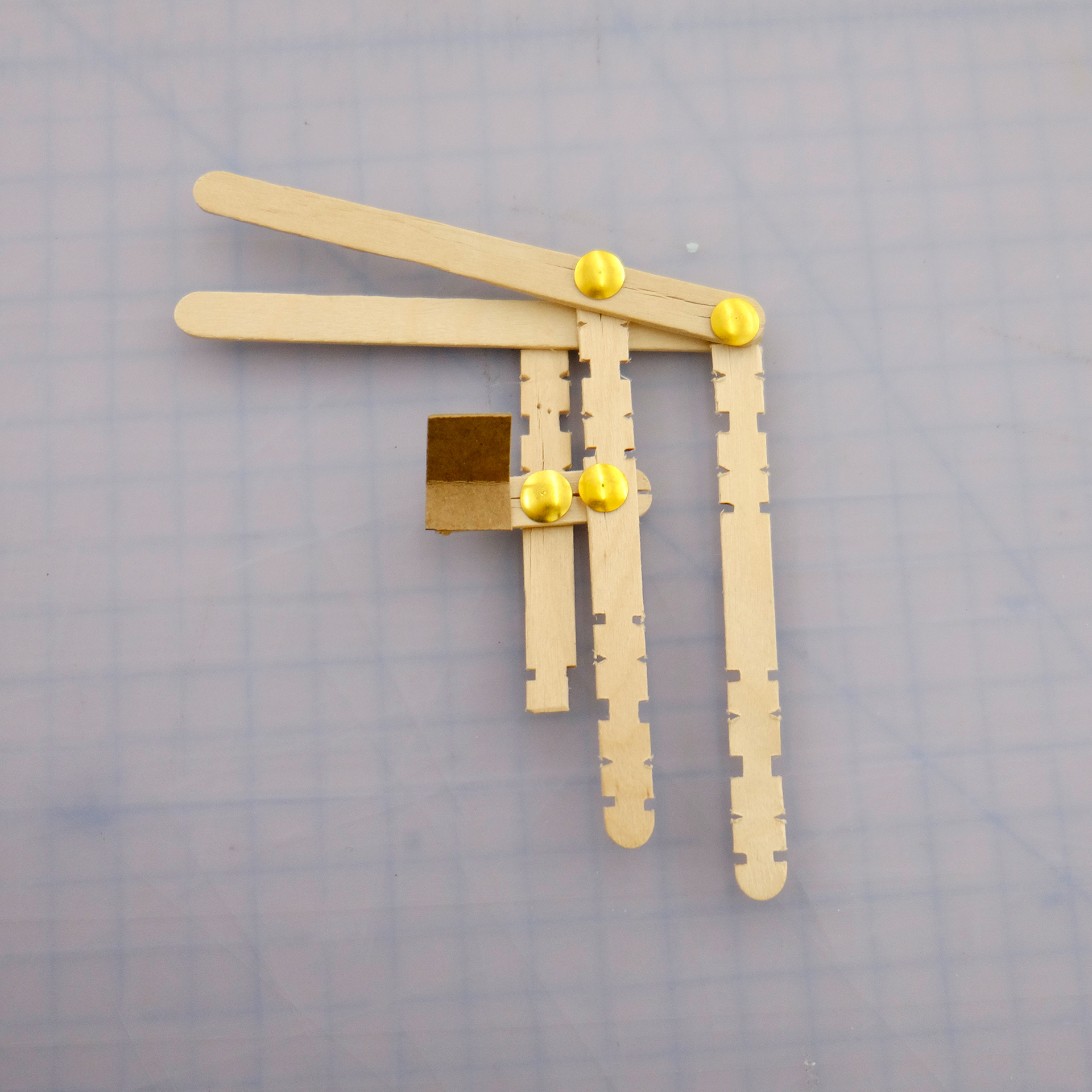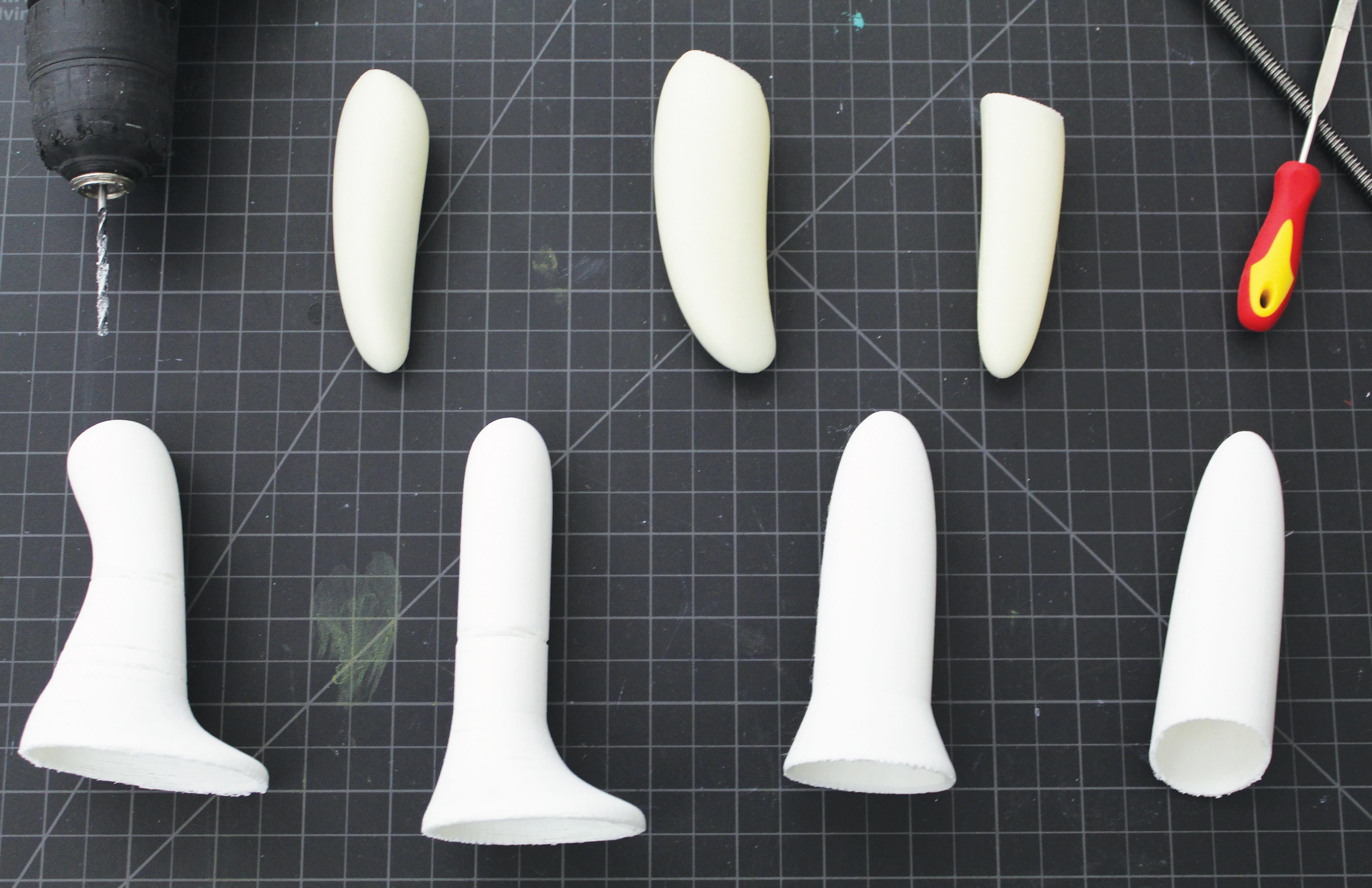This project has been featured on Wired.com
Lotus is a speculum design that maintains functionality while being more ergonomic for doctors, and empowering to women, less invasive and more comfortable for patients.
PROBLEM
Women fear and avoid gynecology exams because of physical and emotional discomfort.
Women fear and avoid gynecology exams because of physical and emotional discomfort.
When they avoid annual checkups, cases of cervical cancer and other diseases and conditions remain un-diagnosed. Many women attribute their negative association with gynecology visits to the entire experience in a clinic, but in particular to the speculum.
BACKGROUND RESEARCH
WHAT IS A SPECULUM?
Throughout my work on this project I found that many men were unfamiliar with this medical tool but most women knew it immediately if not by name, by sight.
WHAT IS A SPECULUM?
Throughout my work on this project I found that many men were unfamiliar with this medical tool but most women knew it immediately if not by name, by sight.
A speculum is metal or plastic instrument that is used to dilate an orifce or canal in the body to allow inspection. For this design project, I decided to look specifcally at the vaginal speculum, a commonly used tool for gynecologists. Its purpose and function is to retract the vaginal walls to allow a clinician to visually examine the cervix and obtain culture specimens for tests, such as the Pap spear. The Graves and Pederson (duckbill) specula, designed in 1878, are some of the most common speculums used by gynecologists, and are the ones I chose to focus on in my redesign.
NEED
The speculum is used extremely frequency in the gynecologist’s office - at the minimum, it is used for each woman’s annual visit to the gynecologists, from the age of initial sexual activity or for women over the age of 21. This means every health-maintaining women should experience a speculum insertion a minimum of 40 to 80 times in their lives.
The speculum is used extremely frequency in the gynecologist’s office - at the minimum, it is used for each woman’s annual visit to the gynecologists, from the age of initial sexual activity or for women over the age of 21. This means every health-maintaining women should experience a speculum insertion a minimum of 40 to 80 times in their lives.
PRIMARY RESEARCH
In a small survey, these are some words that women used to describe the speculum:
In a small survey, these are some words that women used to describe the speculum:
“A ducks bill and a car jack (for fixing a flat tire) something about the sound makes”
“a birds beak! super uncomfortable”
“Discomfort and awkwardness. It reminds me a of a very cold, giant eyelash curler.”
“Large size, hard metal, scary, discomfort, embarrassing”
“Cold. Pinching. Discomfort.”
“Awkward, Intrusive, Exposure, Unnatural”
“Just part of the general dislike”
“torture device”
“a birds beak! super uncomfortable”
“Discomfort and awkwardness. It reminds me a of a very cold, giant eyelash curler.”
“Large size, hard metal, scary, discomfort, embarrassing”
“Cold. Pinching. Discomfort.”
“Awkward, Intrusive, Exposure, Unnatural”
“Just part of the general dislike”
“torture device”
Doctors seemed unaware of their performed “work arounds” to make the speculum work with their methods and to perform effectively. Examples of some “work arounds” include warming metal speculums in water because coldness of instrument is distressing for patients, pinching blades closed upon insertion and removal (tool not designed for this), and opening slow enough for the patient to some-what acclimate to the open speculum. More than one contacted expert mentioned that this last point was particularly notable, as not all physicians are as gentle as others.
MOMENTS OF PHYSICAL DISCOMFORT
According to the practitioners contacted, the typical moments of greatest physical discomfort are during the moments of initial insertion, initial opening of the bills of the speculum, and accidental prodding or pinching of the cervix when attempting to open the speculum.
MOMENTS OF PHYSICAL DISCOMFORT
According to the practitioners contacted, the typical moments of greatest physical discomfort are during the moments of initial insertion, initial opening of the bills of the speculum, and accidental prodding or pinching of the cervix when attempting to open the speculum.
SECONDARY RESEARCH
DO DOCTORS NOTICE A PROBLEM? DO THEY WANT THINGS TO CHANGE?
I have found mixed answers to this question. According to the Journal of Sexual Medicine, many doctors have "...experience with patients who are difficult or impossible to examine. In such cases, most physicians (87%) reported attempting to address their patients' lack of relaxation." This is clearly a problems that, according to this study, doctors want to address. A calmer, more relaxed patient is a patient that is easier to treat and maintains regular check-ups.
Nevertheless when interviewing gynecologists, all doctors were open to new tools and methods, but all were concerned with new training and new research. Doctors apprentice, train and practice for many years to become comfortable with standard medical tools. They commented that new tools might require a lot of new learning and may make existing research invalid.
DO DOCTORS NOTICE A PROBLEM? DO THEY WANT THINGS TO CHANGE?
I have found mixed answers to this question. According to the Journal of Sexual Medicine, many doctors have "...experience with patients who are difficult or impossible to examine. In such cases, most physicians (87%) reported attempting to address their patients' lack of relaxation." This is clearly a problems that, according to this study, doctors want to address. A calmer, more relaxed patient is a patient that is easier to treat and maintains regular check-ups.
Nevertheless when interviewing gynecologists, all doctors were open to new tools and methods, but all were concerned with new training and new research. Doctors apprentice, train and practice for many years to become comfortable with standard medical tools. They commented that new tools might require a lot of new learning and may make existing research invalid.
SELF-INSERTION
A study in Perth, Austria from the Journal of Clinical Nursing from 2005 asked 198 women were asked at participating family clinics if they would agree to self-insert their own speculum. 132 agreed to self-insertion (approximately 50% were 21-30 years, 25% were under 21 years, 17% were 31-40, 11% were over 41 years). “Nearly 91% of women either agreed or strongly agreed that they were satisfied with the experience of self-insertion and would choose to self-insert the speculum again. This included women who had not previously had a speculum examination. The quality of the specimen collected was not detrimentally affected by speculum self-insertion.”
91% is a staggeringly positive statistic. When interviewing gynecologists I asked if this practice of offering self-insertion been implemented in their clinics. They said they offer this option for victims of sexual abuse only. They stated that it is not socially acceptable for most women accept this as an option, even in a medical context. A quote was, "If I offered it to every patient I saw 90% would say no, 10% would be offended I even asked."
A study in Perth, Austria from the Journal of Clinical Nursing from 2005 asked 198 women were asked at participating family clinics if they would agree to self-insert their own speculum. 132 agreed to self-insertion (approximately 50% were 21-30 years, 25% were under 21 years, 17% were 31-40, 11% were over 41 years). “Nearly 91% of women either agreed or strongly agreed that they were satisfied with the experience of self-insertion and would choose to self-insert the speculum again. This included women who had not previously had a speculum examination. The quality of the specimen collected was not detrimentally affected by speculum self-insertion.”
91% is a staggeringly positive statistic. When interviewing gynecologists I asked if this practice of offering self-insertion been implemented in their clinics. They said they offer this option for victims of sexual abuse only. They stated that it is not socially acceptable for most women accept this as an option, even in a medical context. A quote was, "If I offered it to every patient I saw 90% would say no, 10% would be offended I even asked."
BRIEF
How might a speculum maintain functionality while being less invasive and putting patients more at ease?
The goal of this design is to prompt a more gentle practitioner approach and create a more comfortable instrument for patients. Both factors must be considered to reduce the level of emotional and physical discomfort of the current gynecological process, because both are extremely linked, especially in the context being examined.
How might a speculum maintain functionality while being less invasive and putting patients more at ease?
The goal of this design is to prompt a more gentle practitioner approach and create a more comfortable instrument for patients. Both factors must be considered to reduce the level of emotional and physical discomfort of the current gynecological process, because both are extremely linked, especially in the context being examined.
STRATEGY
PROCESS
USER JOURNEY, IDEATION SKETCHES and SPECS
SKETCH MODELS


DESIGN ITERATIONS


During the first design iteration after exploring different options, I made a handle with a knob at the bottom that a doctor would turn (spin) to open the bills. The speculum would use threading to push a post upwards. The post would be connected to a lever that would push open the top speculum bill.
This design was later changed because the design required too many pieces and was too complicated. Cleaning, operating and manufacturing would be difficult and expensive with this design. The idea of making a doctor rotate a knob to open was done in an effort to force doctors to open the speculum more slowly. But ultimately would be uncomfortable for a doctor to do many times throughout a day, and likely too tedious to be implemented.
This design was later changed because the design required too many pieces and was too complicated. Cleaning, operating and manufacturing would be difficult and expensive with this design. The idea of making a doctor rotate a knob to open was done in an effort to force doctors to open the speculum more slowly. But ultimately would be uncomfortable for a doctor to do many times throughout a day, and likely too tedious to be implemented.

FINAL DESIGN
The final design is Lotus - a speculum design that maintains functionality while being more ergonomic for doctors, and empowering to women, less invasive and more comfortable for patients.